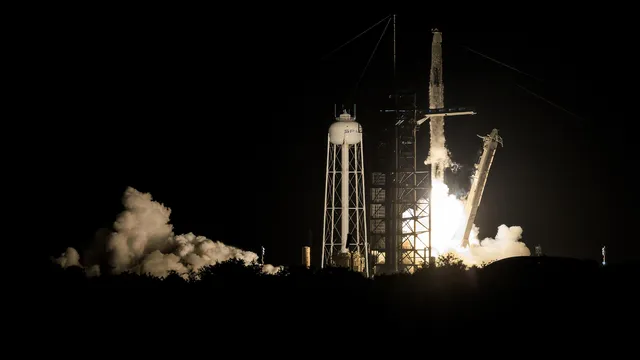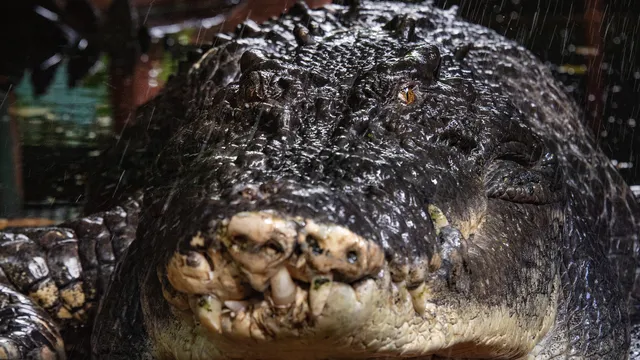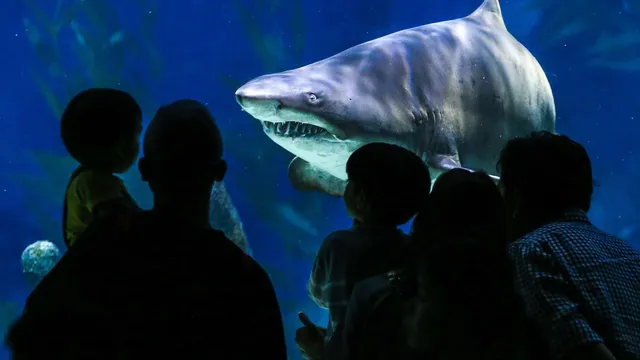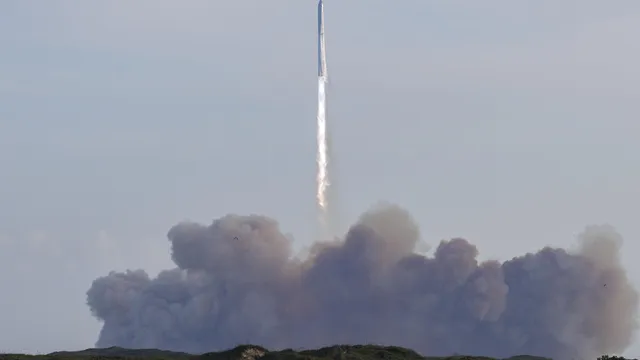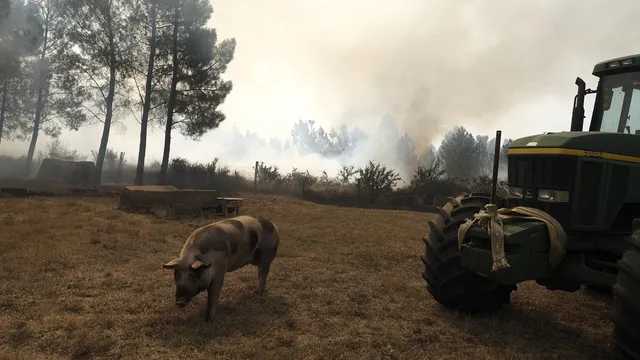The next crewed launch to the International Space Station (ISS) is approaching, Space.com reported.
NASA has scheduled the start of its next astronaut mission in partnership with SpaceX for July 31. The flight, known as Crew-11, will launch aboard a Falcon 9 rocket from Launch Complex LC-39A at Kennedy Space Center in Florida, sending the Crew Dragon Endeavour spacecraft into low Earth orbit. This will be Endeavour’s sixth mission, making it the most frequently used crewed spacecraft by SpaceX.
On board will be NASA astronauts Zena Cardman (commander of Crew-11) and Mike Fincke (pilot), along with mission specialists Kimiya Yui from the Japan Aerospace Exploration Agency (JAXA) and Oleg Platonov from the Russian space agency Roscosmos. This will be the first spaceflight for Cardman and Platonov, the second for Yui, and the fourth for Fincke.
The first stage of the Falcon 9 rocket that will carry Crew-11, designated B1094, has already flown twice – on the Starlink 12-10 mission and, most recently, on the private Ax-4 mission on June 25. B1094 is currently undergoing final refurbishment before the July 31 launch. Afterward, it will be transported to SpaceX’s horizontal integration facility near LC-39A, where it will be mated with the rocket’s second stage and undergo a static fire test in the next week or two, said Steve Stich, manager of NASA’s Commercial Crew Program, during a briefing on Thursday (July 10).
The Endeavour spacecraft has also been refurbished after its last flight – Crew-8 in March 2024 – and has received upgrades for the Crew-11 mission. Endeavour will be the first Crew Dragon to fly with the new drogue 3.1 parachutes, which debuted on the CRS-32 cargo mission. The upgrades include stronger “crowns” in the parachute materials and a new packing system designed for “more even deployment,” Stich explained.
“This spacecraft has already carried 18 astronauts from eight countries into space, starting with Bob Behnken and Doug Hurley in 2020, when we restored America’s capability for human spaceflight from U.S. soil for the first time since the shuttle’s retirement in July 2011,” said Sarah Walker, director of Dragon mission management at SpaceX.
Originally, the Crew-11 launch was planned for “late July or early August,” but it was moved up by about two weeks to allow for a key orbit-raising maneuver for the ISS, which will be performed by a Cargo Dragon spacecraft as part of the upcoming CRS-33 resupply mission. CRS-33 will be the first Cargo Dragon equipped with altitude-adjustment hardware designed to help maintain the station’s orbit, representing a step forward in NASA and SpaceX’s efforts to develop an American spacecraft that, at the end of the ISS’s operational life (around 2030), will carry out a controlled deorbit and destruction of the station in the atmosphere.
The Crew-11 launch date is part of a tightly coordinated schedule for spacecraft traffic around the station in the coming months, which includes the recent arrival of the private Ax-4 mission and the Russian Progress 92 cargo mission. The Axiom astronauts must depart the station before Crew-11 launches, and then, just a few days later, the Crew-10 crew will undock. This will clear the way for the arrival of CRS-33 and for executing the orbit-raising maneuver.
“It’s extremely important to have multiple ways to maintain the station’s orbit as we continue working and making the best use of the limited launch resources we have,” explained Bill Spetch, manager of ISS operations integration at NASA’s Johnson Space Center in Houston. “We’re looking forward to demonstrating this capability when CRS-33 arrives after the handover between Crew-11 and Crew-10.”
By the end of the year, the ISS will also welcome the NG-23 Cygnus cargo mission by Northrop Grumman, Japan’s HTV-X cargo ship, and the Soyuz MS-28 mission, which in November will carry NASA astronaut Christopher Williams and Russian cosmonauts Sergey Kud-Sverchkov and Sergey Mikaev into orbit.
The Crew-11 members will be part of ISS Expeditions 73/74 and will witness an important milestone during their mission. On November 2, it will be 25 years since the ISS has continuously maintained human presence in orbit. “That will be a huge anniversary,” said Ken Bowersox, associate administrator for NASA’s Space Operations Mission Directorate. “It’s a great testament to the work of our commercial and international partners and the entire NASA team.”
The launch window for Crew-11 opens at 12:09 p.m. Eastern Time (16:09 GMT) on July 31. If the schedule holds, the journey to the ISS will last 39 hours – the longest period between launch and docking for a Crew Dragon mission so far. Constraints related to onboard consumables require docking to happen within 40 hours of launch, but according to Cardman, this still allows some flexibility.
“Those 40 hours are built in to provide a margin for returning, too,” Cardman told. “So nothing magical happens at 40 hours and one second.”
If launch is successful, Crew-11 should dock with the ISS around 3:00 p.m. Eastern Time (19:00 GMT) on August 3. After that, the four astronauts will settle into their new orbital home for a long-term stay, filled with a complex schedule of scientific experiments, maintenance, and endless contemplation of Earth’s beauty below them.
“One hour we’ll be doing a world-class physics experiment, then fixing the toilet, and then collecting data for a biological experiment on myself,” Cardman shared.
“Learning how to live and work long-term in space – to go and stay – is a real challenge, and I’m grateful that we have the opportunity to do it on the ISS to prepare for longer missions on the Moon in the future,” she added. “The ISS, in my view, is an absolutely key step toward deeper space travel.”
NASA’s Artemis program aims to return humanity to the Moon and build a sustainable presence there, which will also serve as a testbed for even longer missions to Mars.
Cardman, along with the entire Crew-11 team, is excited about the upcoming mission and her first flight into space. “For so many years I’ve imagined what exactly it will look like. I know what my day will be like, but I have no idea what I will feel. I can’t wait to find out – and to do so together with this crew. Both Oleg and I are rookies and we’re lucky to fly with two veterans who, I hope, will film us filming Earth for the first time.”
Fincke, who so far has logged 382 days in space across three missions, is the most experienced member of Crew-11.
"I can’t wait to see the expressions on Zeina’s and Oleg’s faces when they experience space for the first time, because I remember how exciting and overwhelming it was for me. I want to share in their joy," he told.
His advice to his colleagues: "Really enjoy every day. Whether you’re fixing a toilet, doing world-class science, preparing for a spacewalk, or talking to kids on Earth — this is truly a special time." |BGNES

 Breaking news
Breaking news
 Europe
Europe
 Bulgaria
Bulgaria
